- This event has passed.
Spring Meeting 2025
- Date:
- Saturday, 22 March 2025
- Cost:
- Free
- Event Category:
- Meeting run by BDS
- Location:
- Online
Organiser:

Click here to register for free
This will be an online event held over Zoom open to members and non-members. It will be free but donations are welcome.
The full programme will be confirmed shortly so please keep an eye on this page.
Confirmed Speakers
Dragonflies on the Bog ~ Scott Shanks, Scotland Project Officer
Meet our newest team member and learn about our exciting new project targeting Scotland rare bog dragonflies.
Understanding predator-prey dynamics in a changing world: insights from damselfly and crayfish interactions ~ Szymon Sniegula, Institute of Nature Conservation
How do invasive alien predators shape the fitness traits of native prey across life stages? Can native prey adapt to the combined effects of biological invasions and climate change? This seminar explores the evolving predator-prey dynamics between the blue-tailed damselfly Ischnura elegans and several crayfish species, focusing on how non-consumptive effects (NCE) from native, alien, and invasive alien crayfish influence prey life history and physiology. By comparing the NCE of different predator types, we examine how seasonal time constraints and warming affect damselfly responses. Additionally, we investigate whether and in what direction macro- and microgeographic variation drive differences in antipredator strategies across egg, larval, and adult stages. This work highlights the importance of integrating ecological, physiological, and evolutionary perspectives for effective conservation in an era of global change.
Priority Sites in Devon ~ Dave Smallshire, author and Devon County Dragonfly Recorder
Priority Sites’ support viable populations of important species, as determined from detailed records of dragonflies. The process of identifying them will be described, followed by the results for Devon over the past 40 years.
European Red List: moving from assessment to conservation planning for Odonata ~ Geert De Knijf, Institute for Nature and Forest Research
The recent reassessment of the 142 Damselfly and Dragonfly species in Europe resulted in the categorization of no less than 29 species (or 21%) as threatened. Nearly all red list species are confined to Mediterranean streams and rivers, or small nutrient-poor waterbodies, such as bogs. The aim of the Assess-to-Plan (A2P) for the European Red List Odonata project is to strengthen the connection between the red list process (the assessment) and conservation action on the ground, through planning. Building from the reassessments and additional knowledge and views of +30 European experts, we developed a preliminary action plan for the species categorised as threatened, using the A2P and multi-species conservation planning approach developed by the IUCN Conservation Planning Specialist Group. Here we present the most important actions for both groups of species.
Dragonfly Conservation Europe ~ Roy van Grunsven, Dutch Butterfly Conservation
Research on dragonflies has a long history in Europe and in many countries, there are organisations studying dragonflies. There has been an informal network of European odonatologists with a biannual congress, ECOO. However, there was no formal organisation. In order to help put dragonflies on the agenda at a European level and promote collaboration between odonatologists in different countries, Dragonfly Conservation Europe was founded in 2024.
Conservation of Dragonflies: Sentinels for Freshwater Conservation ~ Michael J Samways, Author and Professor at Stellenbosch University
Conservation of Dragonflies: Sentinels for Freshwater Conservation is a new publication for naturalists, citizen scientists, entomologists and conservation scientists, as well as practitioners and policymakers around the world.
Dragonflies are among the most familiar and popular of all insects, deeply embedded in human cultural history. They are iconic and tell us much about the environments in which we and they live. Their conservation is an important part of biodiversity conservation.
Purchase your copy from the NHBS store.
Dragonfly research and conservation in France: national monitoring initiatives and Dragon project ~ Martin Jeanmougin, Dragon Project Manager; Renaud Baeta, ANEPE Caudalis, French association of Centre-Val de Loire, Sogap project manager; Valérie-Anne Lafont, Project Manager of the National Action Plan for Dragonflies, OPIE
Highlighting some national dragonfly monitoring initiatives and research project taking place across the channel. STELI, SOGAP and CIMaE monitoring programs will be presented through their complementarity. Dragon project, which began in 2023, is using opportunistic and standardised data to investigate species distribution and population trends, as well as potential causes and drivers of change and variation.
Programme
| 09:30 | Welcome |
| 09:45 | Priority Sites of Devon |
| 10:15 | Understanding predator-prey dynamics in a changing world: insights from damselfly and crayfish interactions |
| 10:45 | Break |
| 11:00 | Dragonfly research and conservation in France: national monitoring initiatives and Dragon project |
| 11:30 | Dragonflies on the Bog |
| 12:00 | Break |
| 12:15 | Q&A morning speakers |
| 12:45 | Lunch |
| 13:45 | European Red List: moving from assessment to conservation planning for Odonata |
| 14:15 | Dragonfly Conservation Europe |
| 14:45 | Break |
| 15:00 | Conservation of Dragonflies: Sentinels for Freshwater Conservation |
| 15:40 | Q&A afternoon speakers |
| 16:10 | End |
Other
- Requirements
- Booking required
- Contact
- eleanor.colver@british-dragonflies.org.uk
